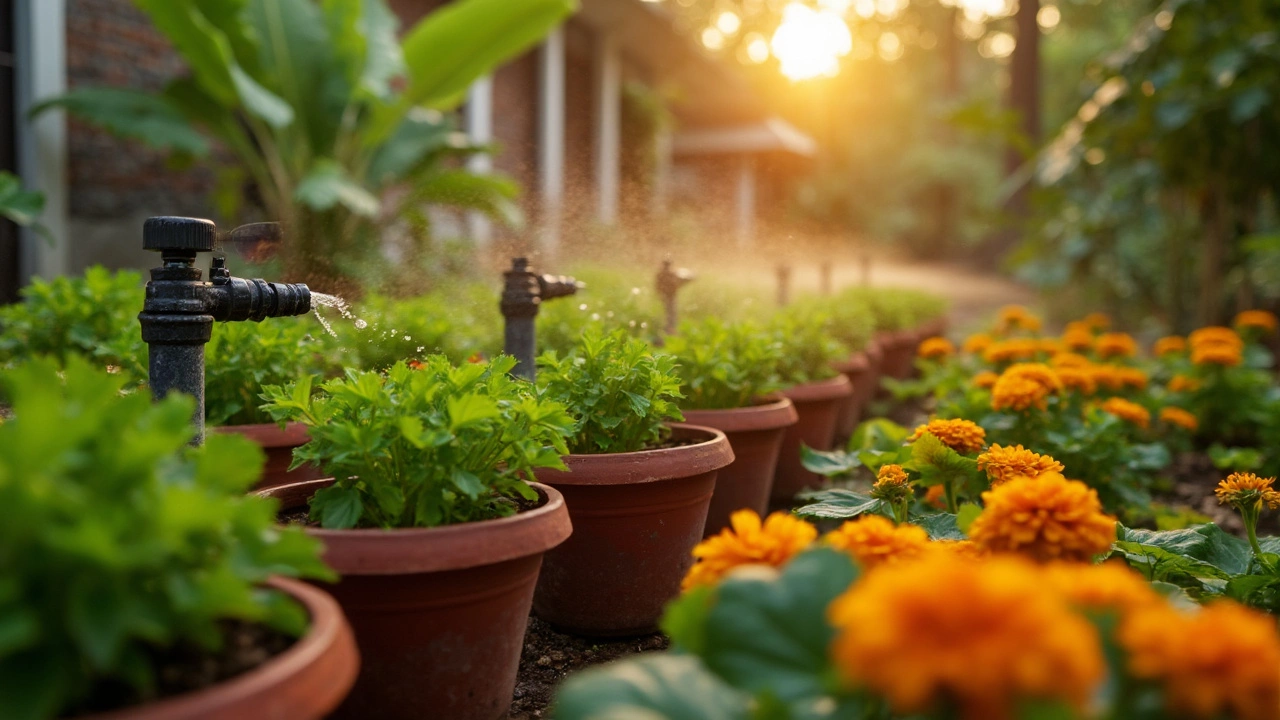Discover the true difference between a dripper and an emitter in garden irrigation. Get practical tips, examples, and surprising facts to help your plants thrive.
Dripper: The Silent Hero of Water-Efficient Gardening
When you think of watering your garden, you probably picture a hose or a watering can. But if you’re serious about saving water and keeping plants happy, you’re already using a dripper, a small device that delivers water slowly and directly to plant roots. Also known as a drip emitter, it’s the quiet workhorse behind efficient irrigation in Indian homes and farms. Unlike sprinklers that lose half their water to evaporation, a dripper puts every drop where it’s needed—right at the base of your tomato plant, chili bush, or marigold. That’s why farmers and balcony gardeners across India are switching to drip systems, even in places with water shortages.
But drippers aren’t perfect. They clog. They leak. They stop working when you need them most. That’s not because they’re broken—it’s because most people don’t know how to maintain them. A clogged dripper isn’t a sign of bad luck; it’s usually caused by dirt, algae, or mineral buildup from hard water. The fix? Simple. Flush the lines every few months. Install a filter at the start. Check each emitter once a week. These aren’t fancy tricks—they’re basics that keep your system running for years. And if you’re using a drip system in a hot, dry region like Rajasthan or Tamil Nadu, you’re probably dealing with more sediment than someone in Kerala. That means cleaning frequency matters even more.
Related to the dripper are three other key things you need to understand: drip irrigation, a system that uses tubes and emitters to deliver water precisely, clogged drip lines, a common failure point caused by debris or chemical deposits, and drip system maintenance, the routine checks and cleaning that keep everything flowing. These aren’t separate topics—they’re parts of the same system. You can’t fix a dripper without understanding the whole line. You can’t save water without knowing how to spot a slow emitter. And you can’t trust your plants to survive a heatwave if you’re guessing when to clean the system.
Look at the posts below. You’ll find real stories from people who’ve dealt with drippers that stopped working mid-summer, or emitters that sprayed unevenly and killed half their herbs. You’ll learn how to test flow rates, what kind of filters work best in Indian water conditions, and why some gardeners swear by vinegar flushes while others use citric acid. There’s no one-size-fits-all fix—just practical, tested steps that work for balconies, kitchen gardens, and small farms alike. Whether you’re growing coriander in a bucket or tomatoes in a field, the dripper is your ally. But only if you know how to keep it alive.
